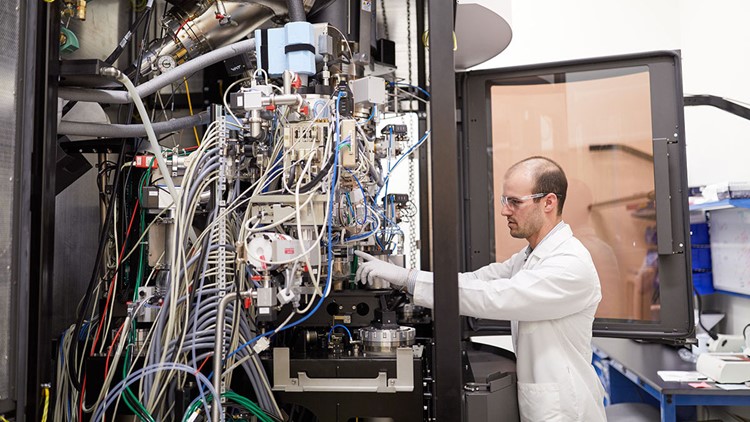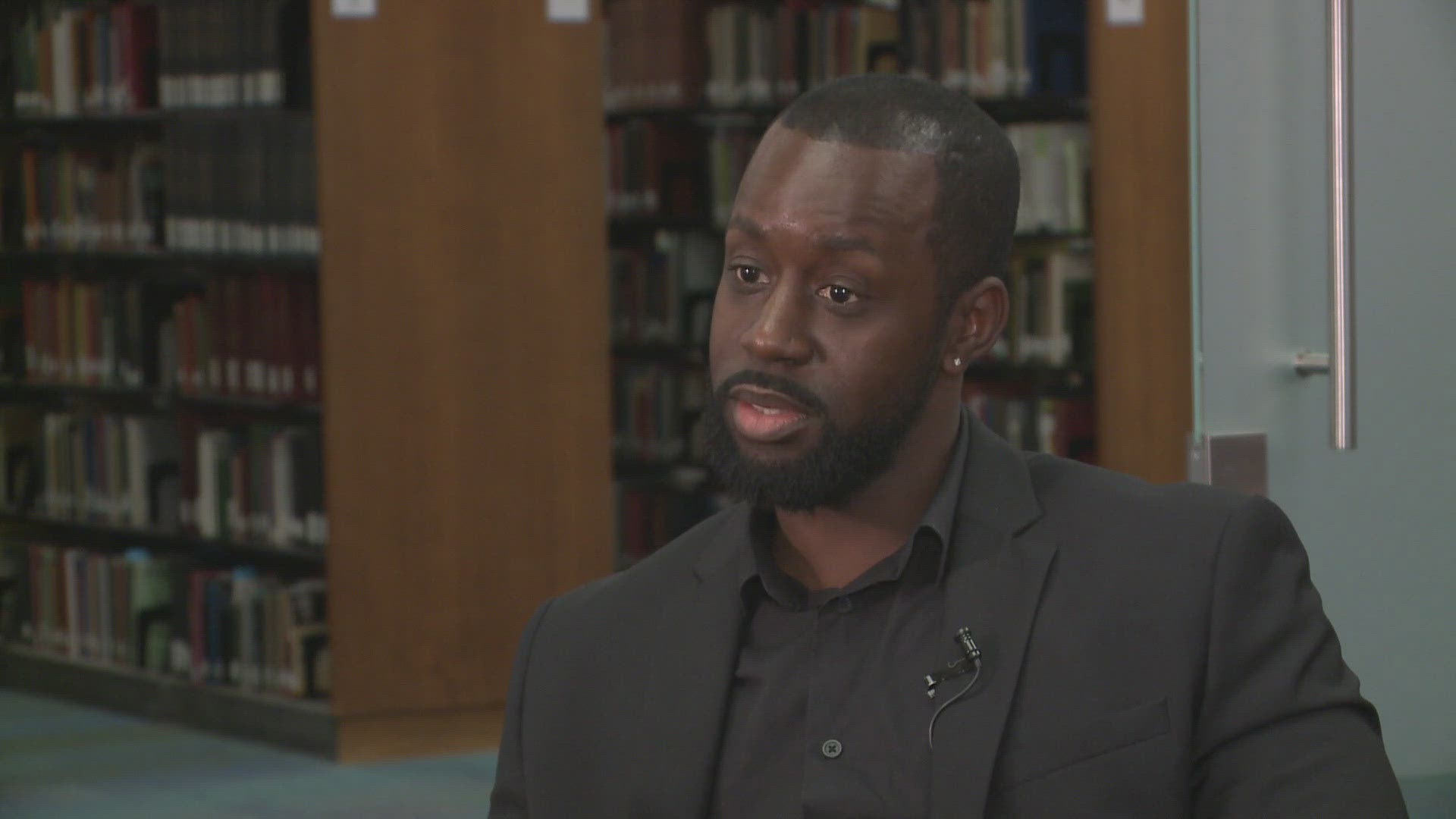ST. LOUIS — Washington University has plans to purchase a new $5 million cryo-electron microscope that will be available for all users of Wash U’s Center for Cellular Imaging.
The purchase was made as part of an agreement between Wash U and Saint Louis University. SLU is contributing $2.5 million to the center.
"I am excited to begin this collaboration with SLU," said Jennifer K. Lodge, PhD, Washington University’s vice chancellor for research.
The new microscope will be housed on the Washington University Medical Campus and maintained and supported by staff from the Center for Cellular Imaging, according to a press release.
The microscope was ordered in December 2019 and is expected to be delivered in the fall. Installation and calibration will take a couple of months, so the microscope should be ready for use by the end of the year.
"We deeply value our research partnership with Washington University as a key element of Saint Louis University’s ongoing growth as a preeminent research university to serve the St. Louis region," said Ken Olliff, vice president for research at SLU. “I’m delighted that this new collaboration will allow SLU and Washington University scientists to access the most advanced imaging technology in the field."
The center already has one of the most advanced cryo-electron microscopes available, a Titan Krios that was installed in 2017. Wash U said images created using the Titan Krios have led to groundbreaking scientific discoveries.
The new microscope coming to the center will be a Glacios type. Between the Titan Krios and Glacios microscopes, researchers will be able to make detailed images of everything from single small molecules to viruses that are thousands of times bigger, according to the press release.
More Local News
- Battlehawks players spend day off packing more than 1,400 meals for families in need
- Support pours in for Jay Bouwmeester after he suffers ‘cardiac episode’ on Blues bench during game
- Suicide prevention documentary 'Wake Up' selected for its first film festival
- In the market for a castle? This one comes with an 18-hole golf course
- St. Louis native Jenna Fischer picks Girls on the Run St. Louis to receive $10K donation



